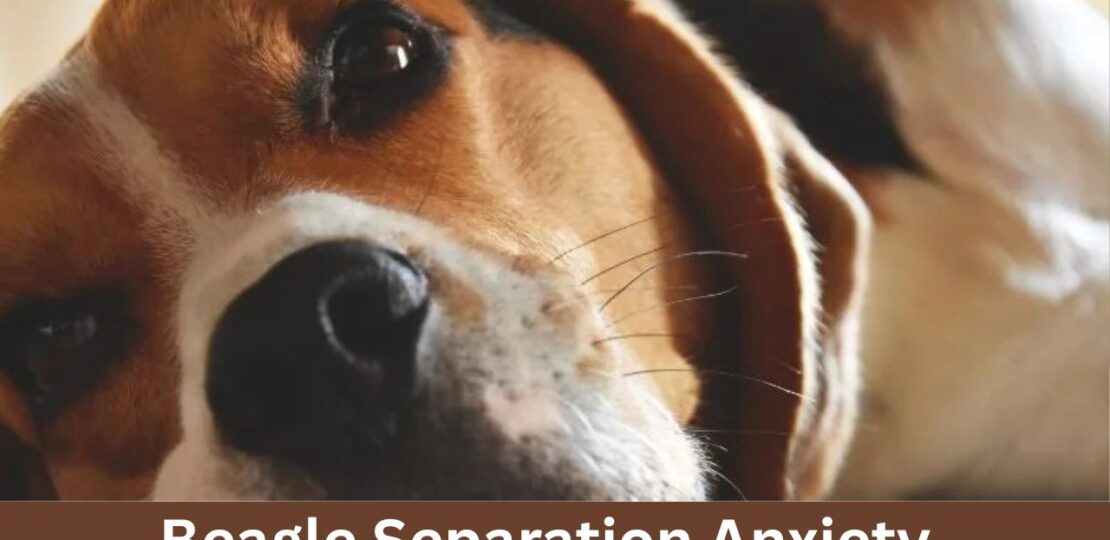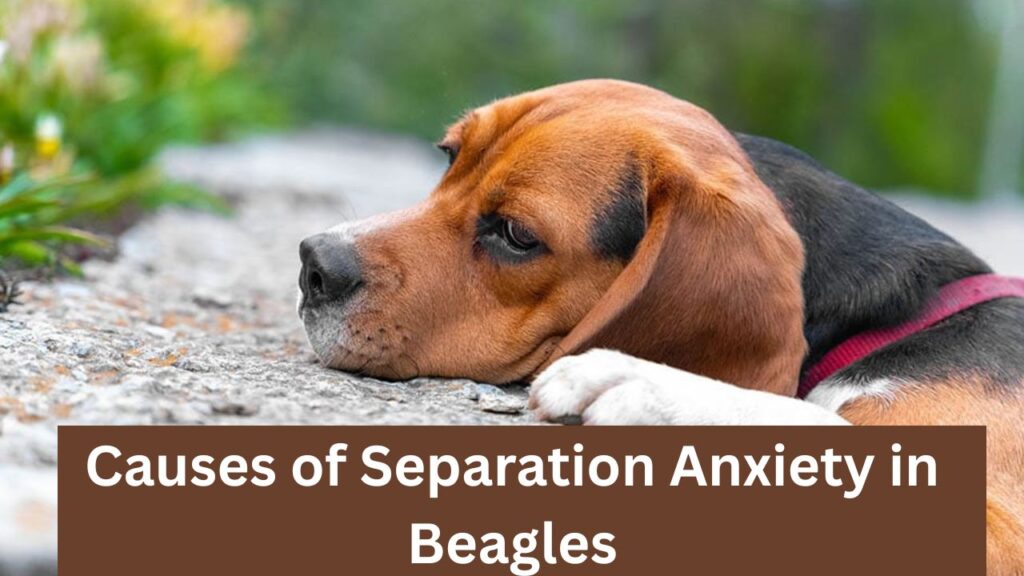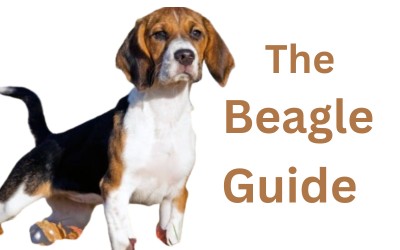Beagle Separation Anxiety: Understanding and Helping Your Beagle Cope
March 6, 2025 | by mrafk.84@gmail.com

Beagles are inherently social dogs, known for their pack mentality. Over time, they have evolved to live, work, and play in groups. This strong bond to their companions—whether human or canine—makes them particularly vulnerable to separation anxiety when left alone.
Separation anxiety in Beagles goes beyond mere boredom; it involves a range of emotional responses and behaviors that surface when a Beagle feels isolated or stressed. In this article, we’ll delve into the causes of separation anxiety in Beagles, the symptoms to look for, and effective treatment strategies to help alleviate their distress.
Causes of Separation Anxiety in Beagles

Separation anxiety can stem from a variety of sources, and understanding the root causes is essential for finding the right solution. Here are several common factors that could contribute to separation anxiety in Beagles:
- Genetics: Just like in humans, mental health issues and brain chemistry can be inherited. If your Beagle comes from a lineage with a history of anxiety, it might be more prone to developing separation anxiety.
- Past Negative Experiences: Beagles have remarkable memories, and any stressful or frightening experience related to being left alone could be at the core of their anxiety. For example, a loud knock at the door, a fall while alone, or any negative incident could leave a lasting impression.
- Lack of Socialization: If your Beagle is overly dependent on a specific person or small group of people, it may develop anxiety when left alone. Encouraging your Beagle to interact with a variety of people and dogs can help alleviate this dependence.
- Change in Routine: Beagles thrive on routine. A disruption to their usual schedule—such as a change in walk times, feeding routines, or when you leave for work—can trigger anxiety. Dogs, like humans, find comfort in knowing what to expect.
By identifying the cause of the anxiety, you can tailor a treatment plan to meet your Beagle’s specific needs.
Symptoms of Separation Anxiety in Beagles

How can you tell if your Beagle is struggling with separation anxiety? Some of the most common signs include:
- Barking or Howling: A Beagle may vocalize loudly when left alone. While a bit of barking is normal, prolonged and intense barking is a major indicator of anxiety.
- Whining or Whimpering: Beagles can recognize when you’re preparing to leave. If they start whining or showing signs of distress before you even leave the house, it’s a strong indication that they are feeling anxious.
- Destructive Behavior: Beagles, especially younger ones, may chew on furniture, shoes, or other household items in an attempt to relieve their stress. It’s essential to “Beagle-proof” your home to avoid costly damage.
- Pacing: Continuous pacing when left alone is another sign of anxiety. This behavior can last for hours and may leave your Beagle exhausted and stressed.
- Excessive Drooling: While drooling may be normal for some Beagles in certain situations, excessive salivation—especially before or after you leave—can be a clear sign of anxiety.
- Escape Attempts: Beagles are known for being escape artists. If your Beagle is scratching at doors, digging, or trying to escape the yard, it could be an attempt to find you or escape the distress of being alone.
- House Soiling: A stressed Beagle may urinate or defecate in the house. If this happens, it’s a sign that their anxiety is at a critical level.
Effective Strategies to Alleviate Separation Anxiety in Beagles
Once you’ve identified the symptoms and causes of your Beagle’s anxiety, it’s time to take action. Here are ten strategies to help reduce your Beagle’s separation anxiety:
1. Exercise Regularly
Physical activity is one of the best ways to reduce anxiety in dogs. Ensure your Beagle gets plenty of exercise, whether through walks, playdates, or trips to the dog park. A tired dog is a less anxious dog, and exercise can help them settle down while you’re away.
2. Crate Training
Although it can be difficult to introduce crate training to an older Beagle, teaching your dog to associate their crate with comfort and security can be very beneficial. Over time, the crate will become a safe space where your Beagle can relax while you’re gone.
3. Designate a Special Room
If your Beagle is not comfortable with a crate, designate a specific room in your home for when you leave. This room should be cozy, with a comfortable bed, toys, and perhaps a window (if your Beagle isn’t overly stimulated by outside activity).
4. Manage Window Views
If your Beagle is triggered by seeing activity outside, such as a passerby or another dog, you may want to limit their access to windows. Alternatively, test out different locations in your home to see which settings reduce their anxiety.
5. Background Noise
Leaving the television or radio on while you’re away can help soothe your Beagle. Soft music or calming dog-friendly sounds (e.g., spa music, nature sounds, or even dog-friendly YouTube videos) can provide a calming atmosphere.
6. Comforting Toys
Interactive toys that mimic comforting sounds, like heartbeats, or those filled with treats, can provide both distraction and comfort. This helps to channel their energy into something positive and can reduce anxiety.
7. Consider Medications
For severe anxiety, medications prescribed by a veterinarian may be necessary. Discuss options with your vet to find a safe and effective treatment. Some dogs benefit from short-term medication during particularly stressful times.
8. Provide a High-Quality Bed
Invest in a comfortable, supportive bed for your Beagle. A quality bed will not only help with any physical discomfort but also provide a familiar and safe space where your Beagle can relax.
9. Hydration and Treat Dispensers
Make sure your Beagle has access to fresh water while you’re away, and consider using puzzle toys or Kongs filled with treats or peanut butter to keep them entertained.
10. Break Up the Day
If possible, arrange for a midday break to come home or have a neighbor check in on your Beagle. A short walk or play session can break up the day and reduce their stress.
Conclusion
Separation anxiety is a common issue for Beagles due to their social nature, but with patience and consistent effort, you can help your Beagle feel more comfortable when left alone. Identifying the cause of their anxiety and implementing the strategies above can significantly reduce their stress and lead to a happier, healthier life for both you and your dog.
Remember, your Beagle is doing their best, and a calm, reassuring approach is key to helping them manage their anxiety. Avoid punishment, as this will only increase their stress. With the right support, your Beagle can learn to cope with being alone and enjoy more peaceful moments at home.
RELATED POSTS
View all



